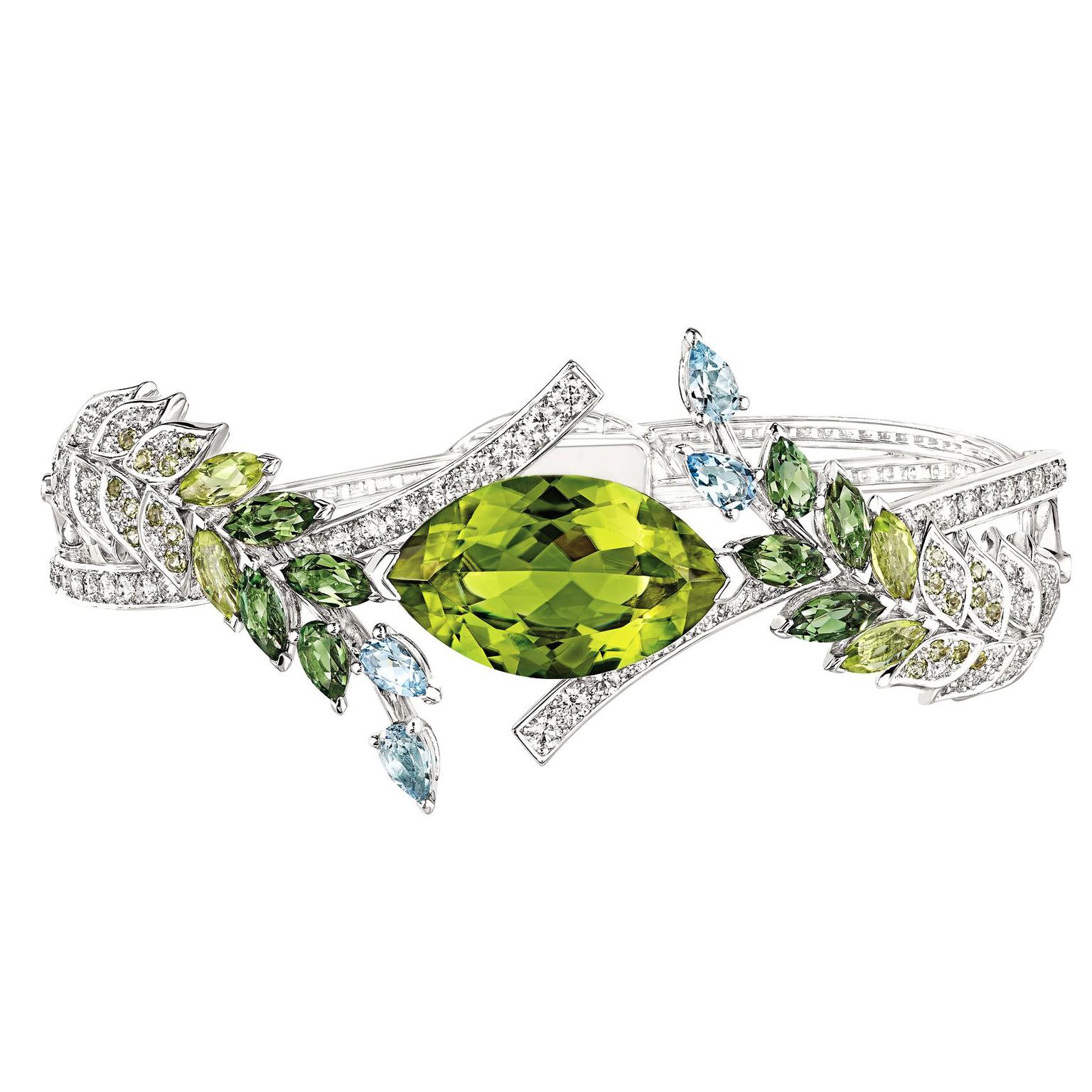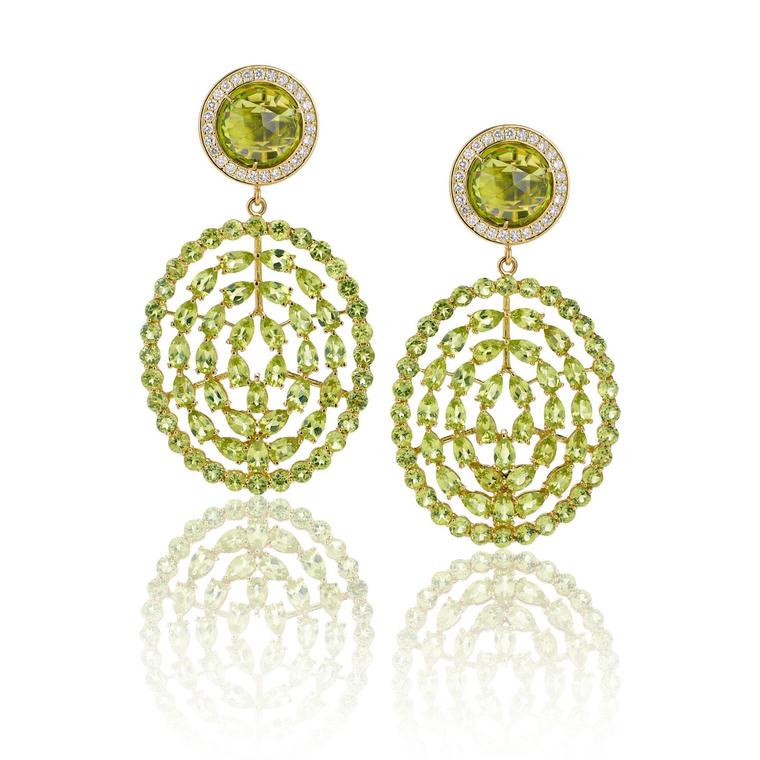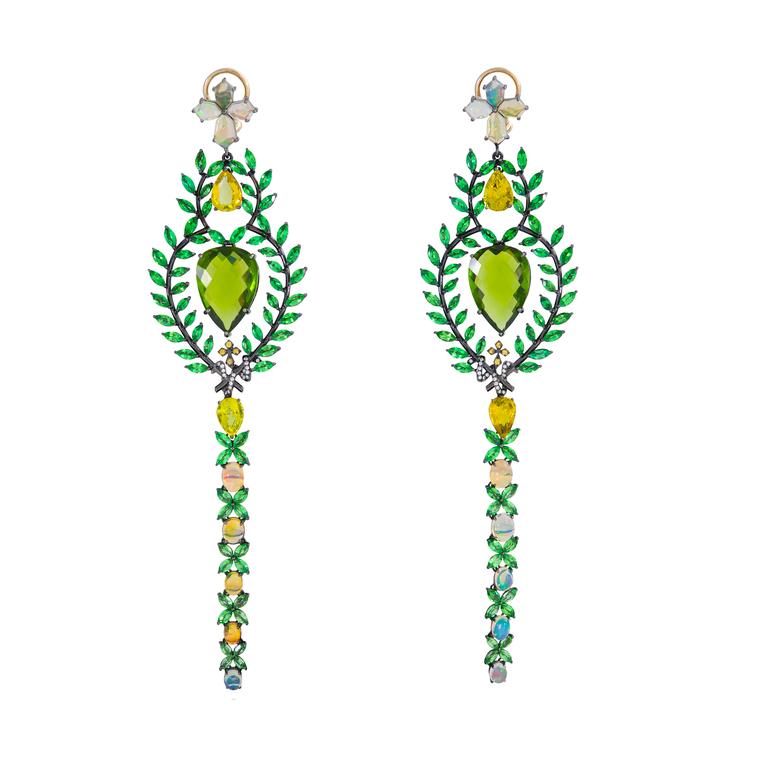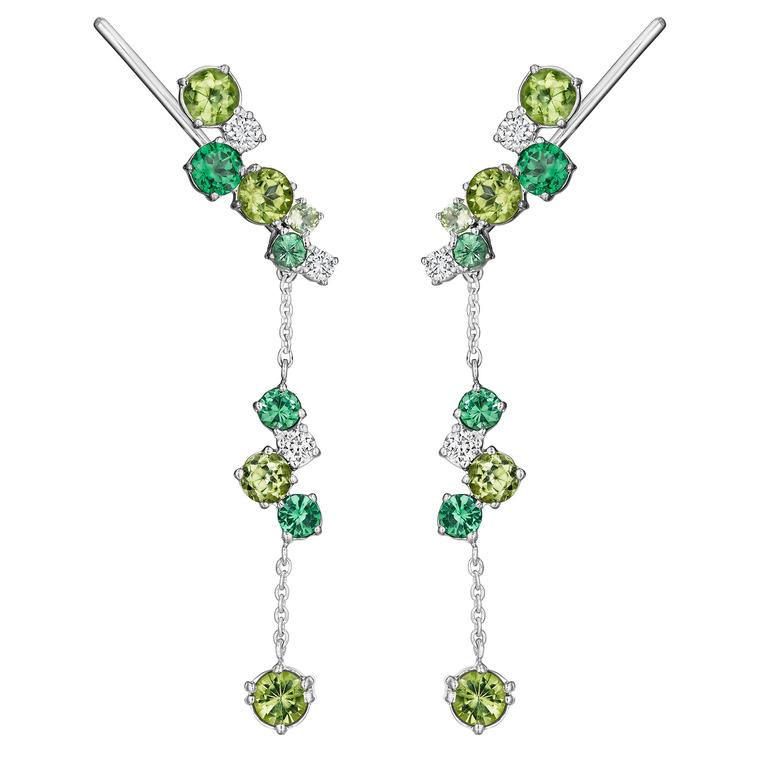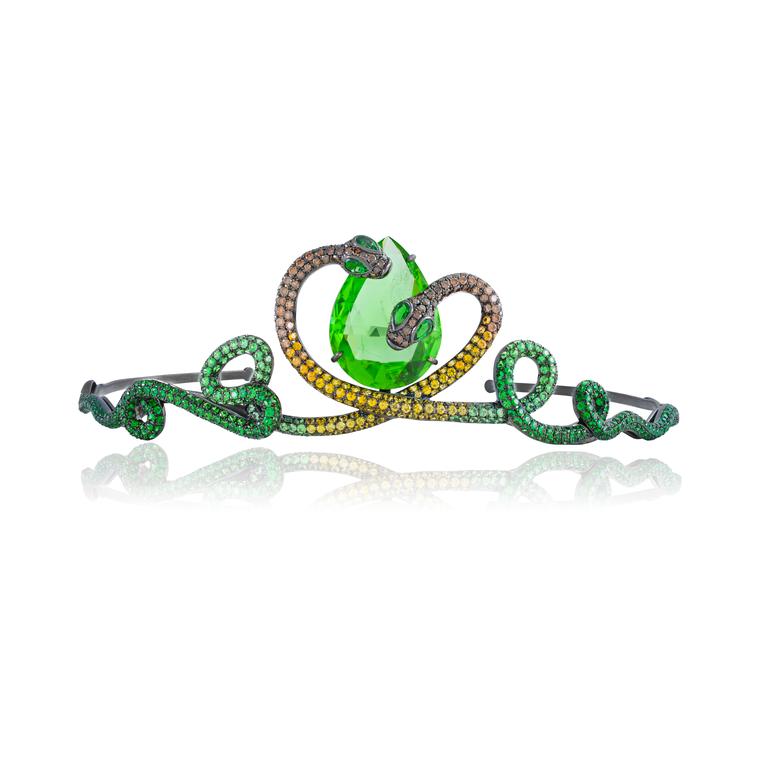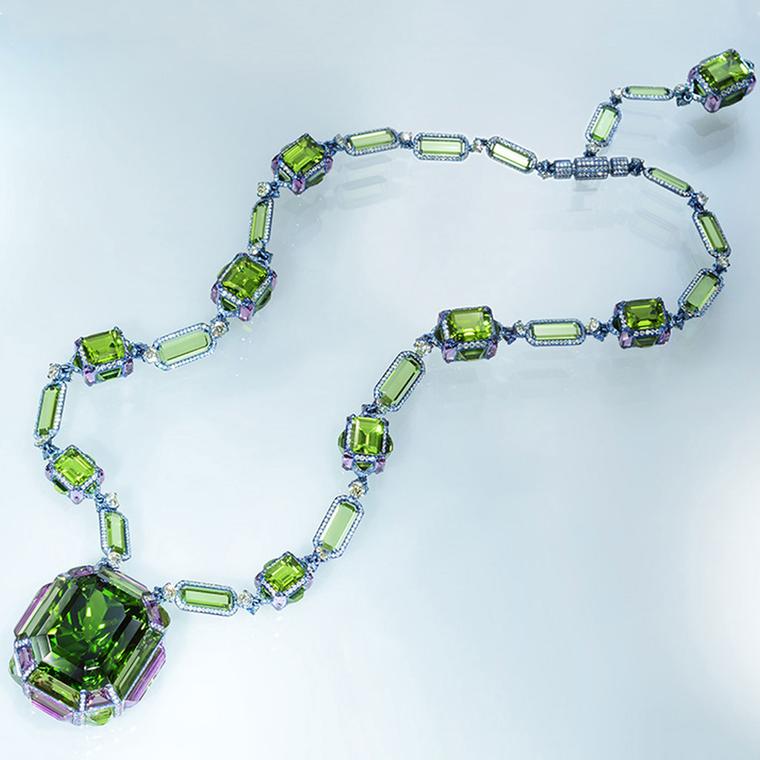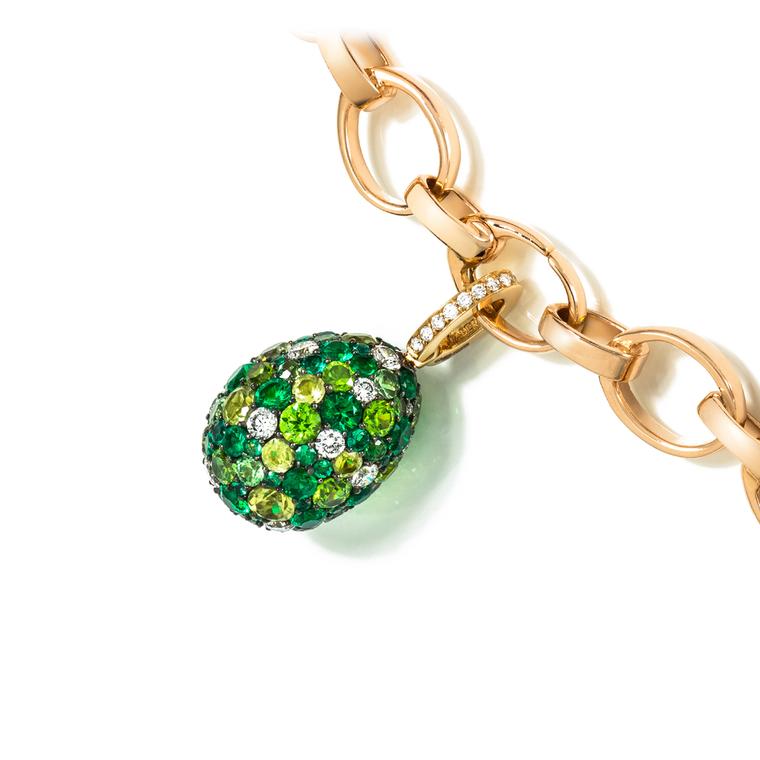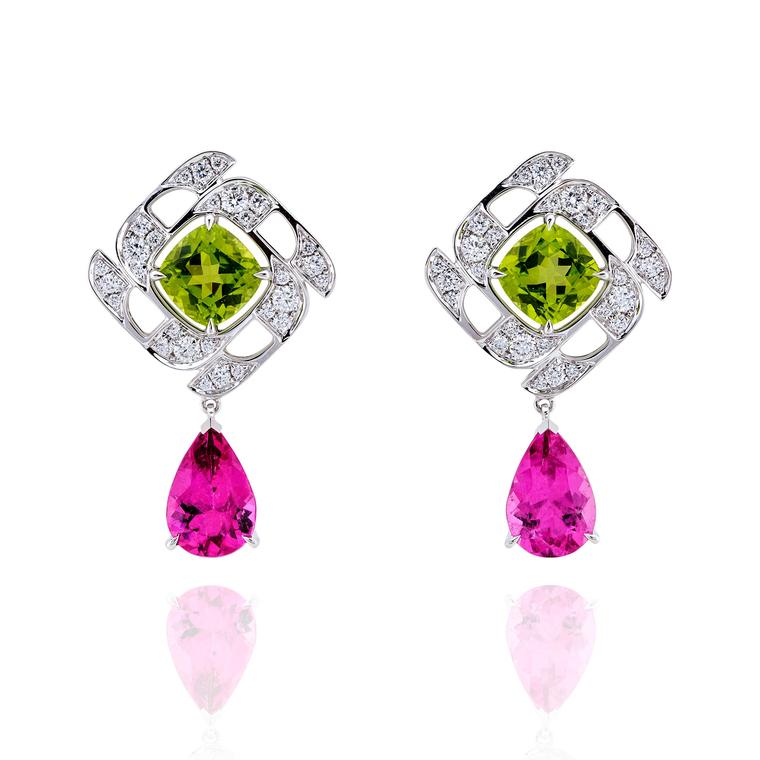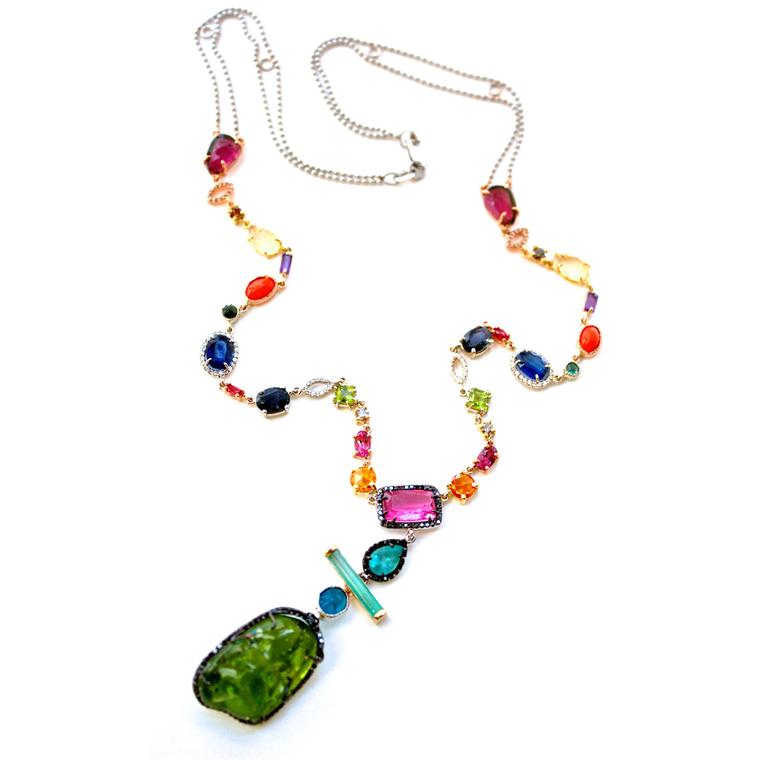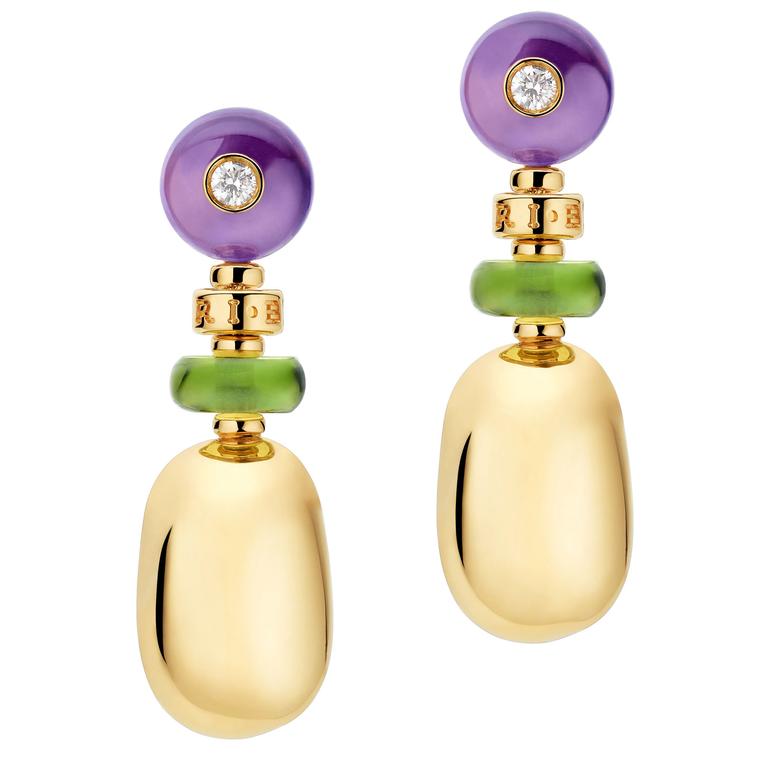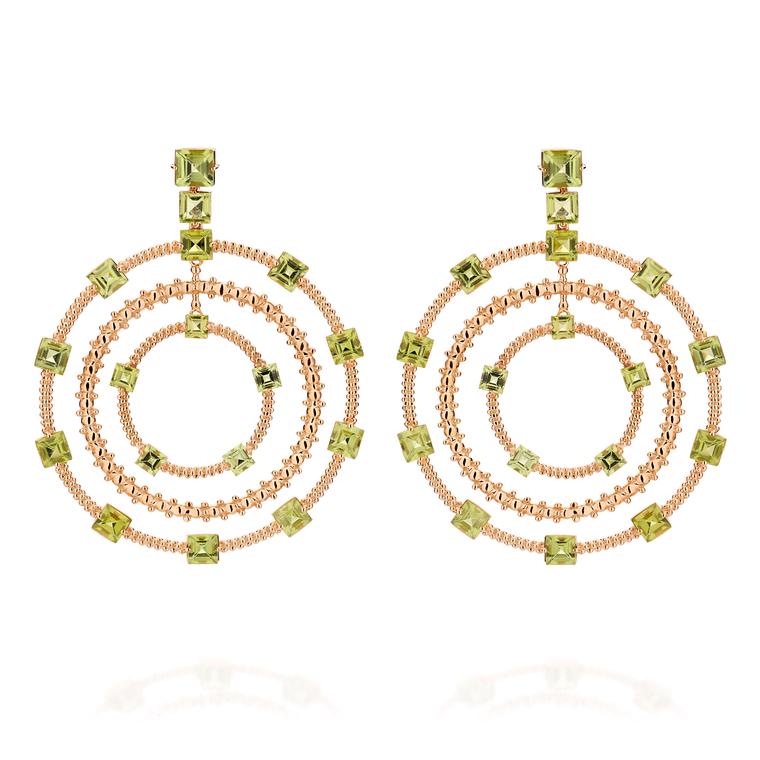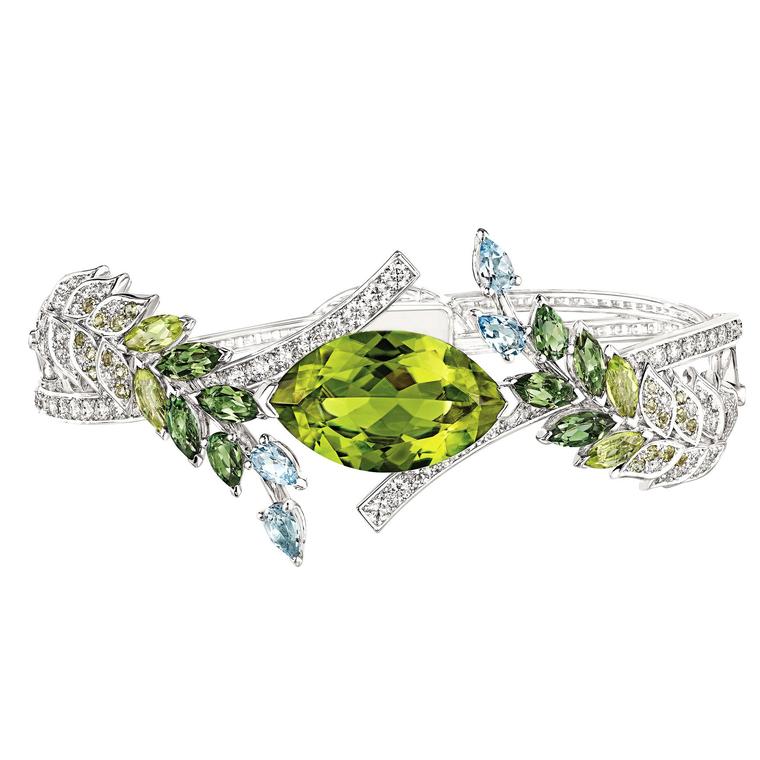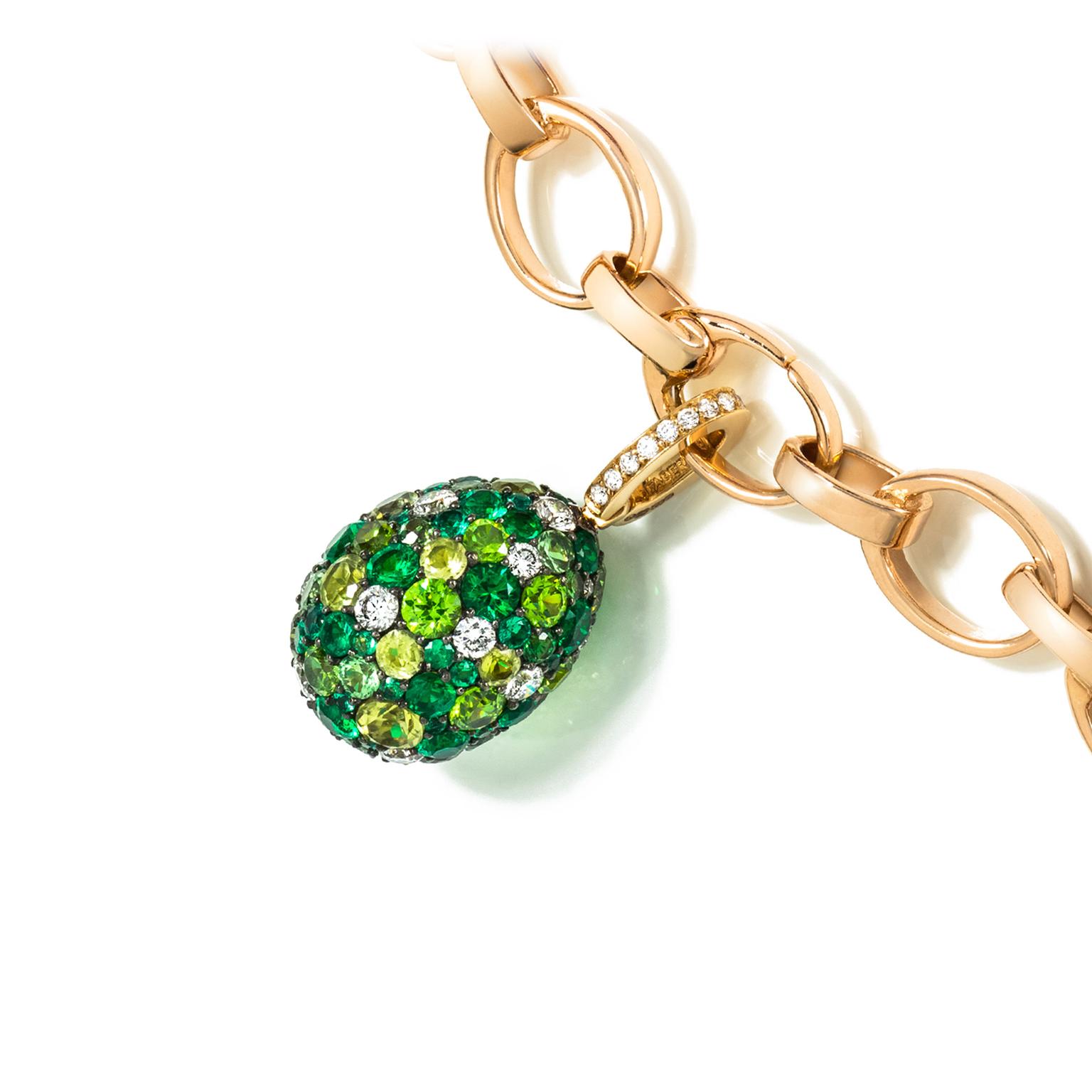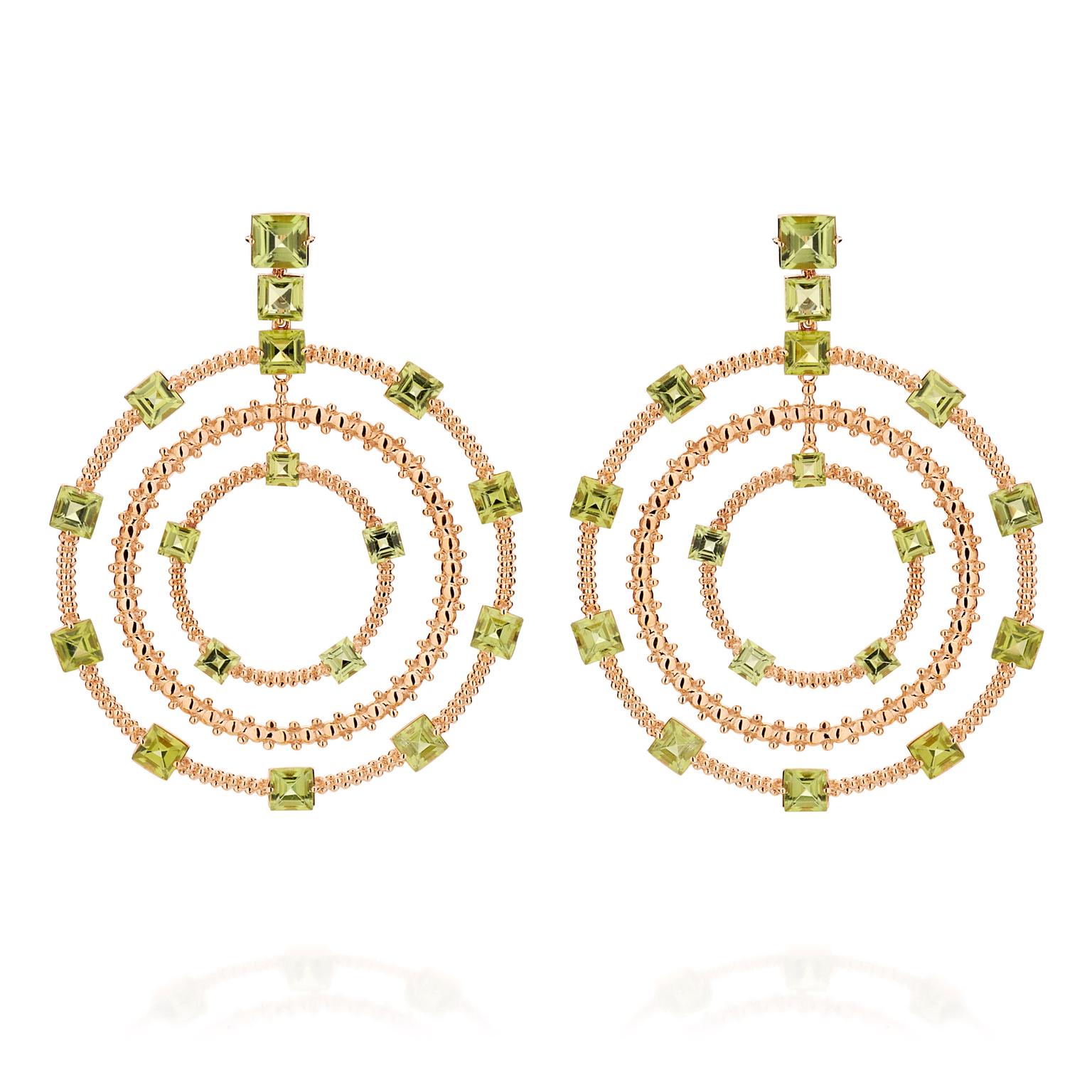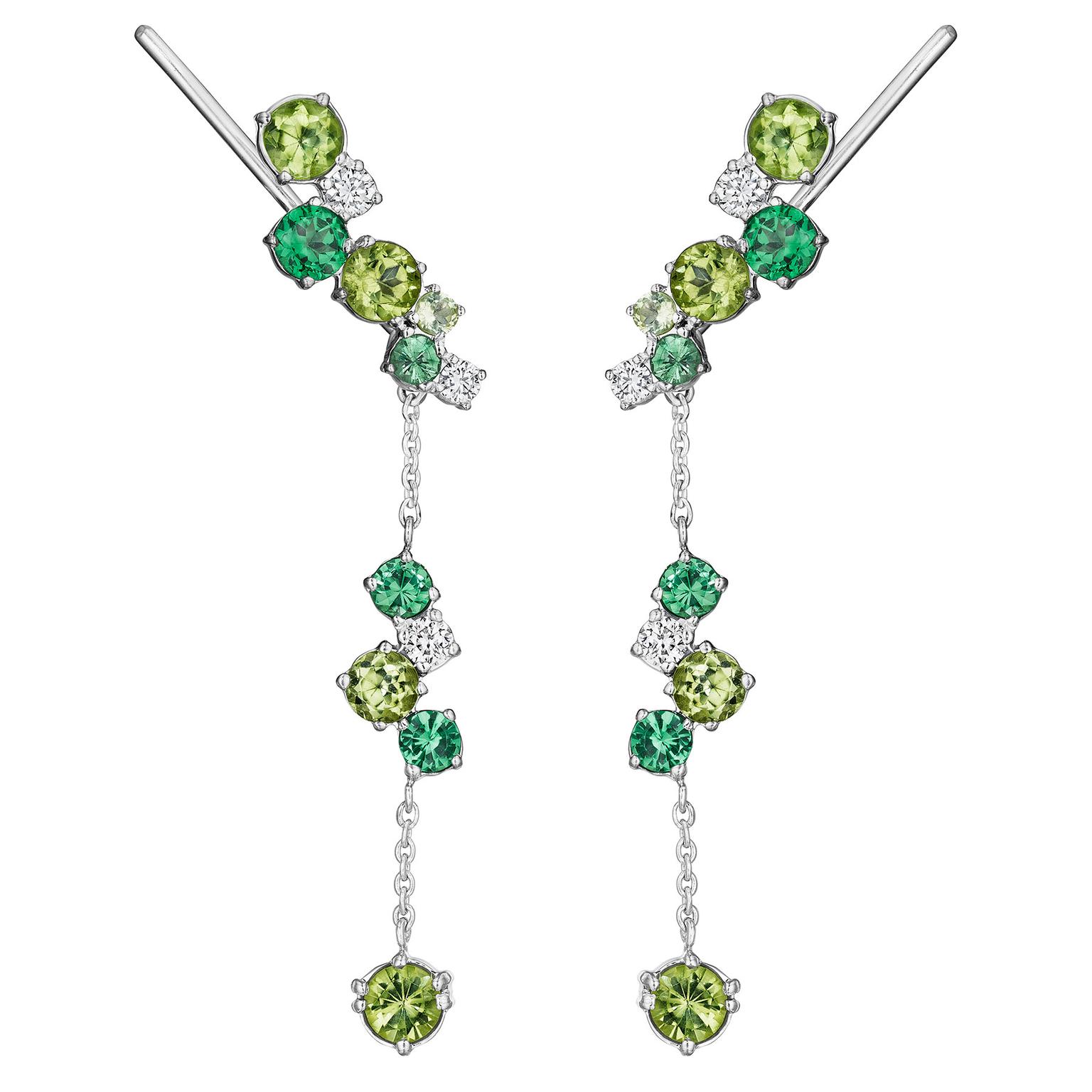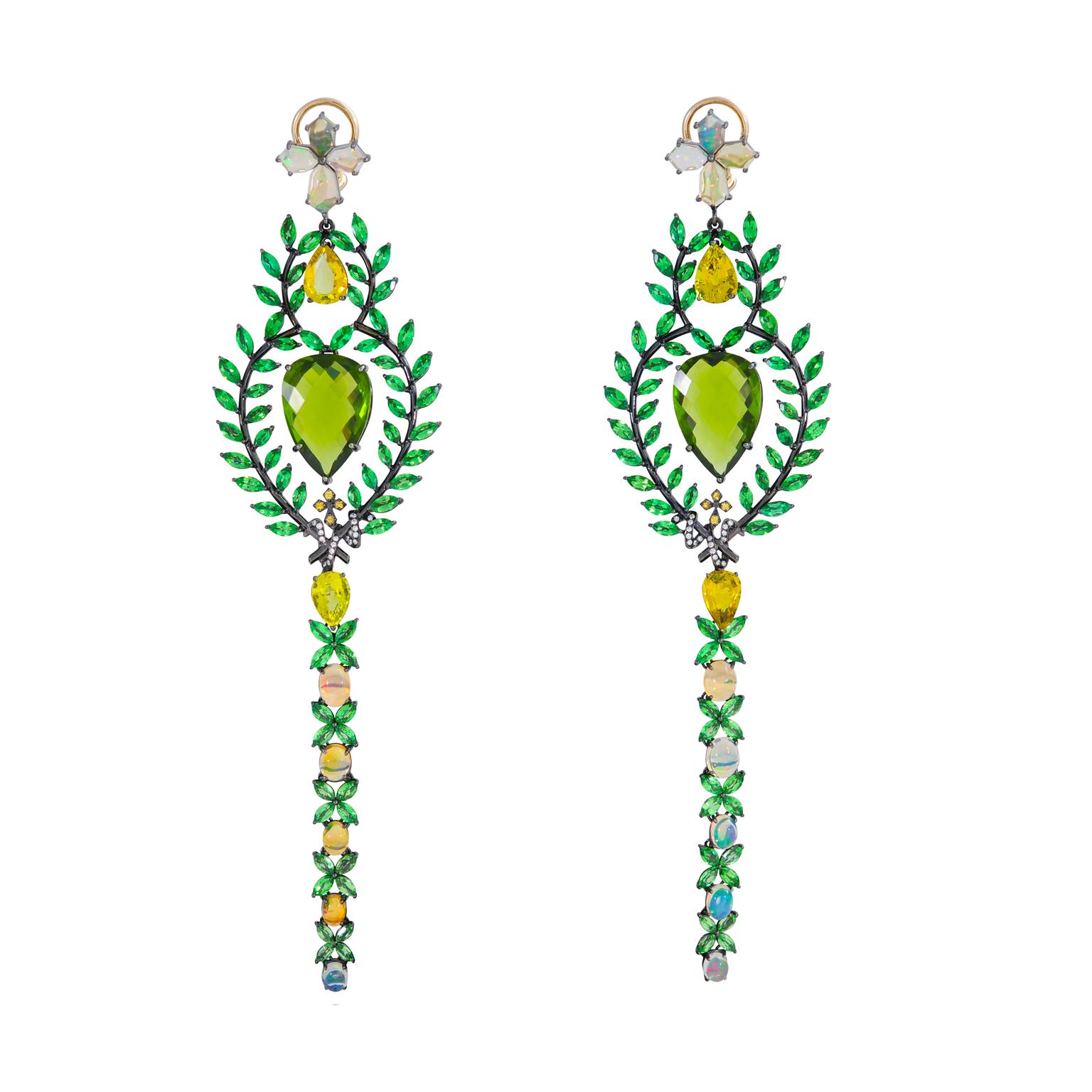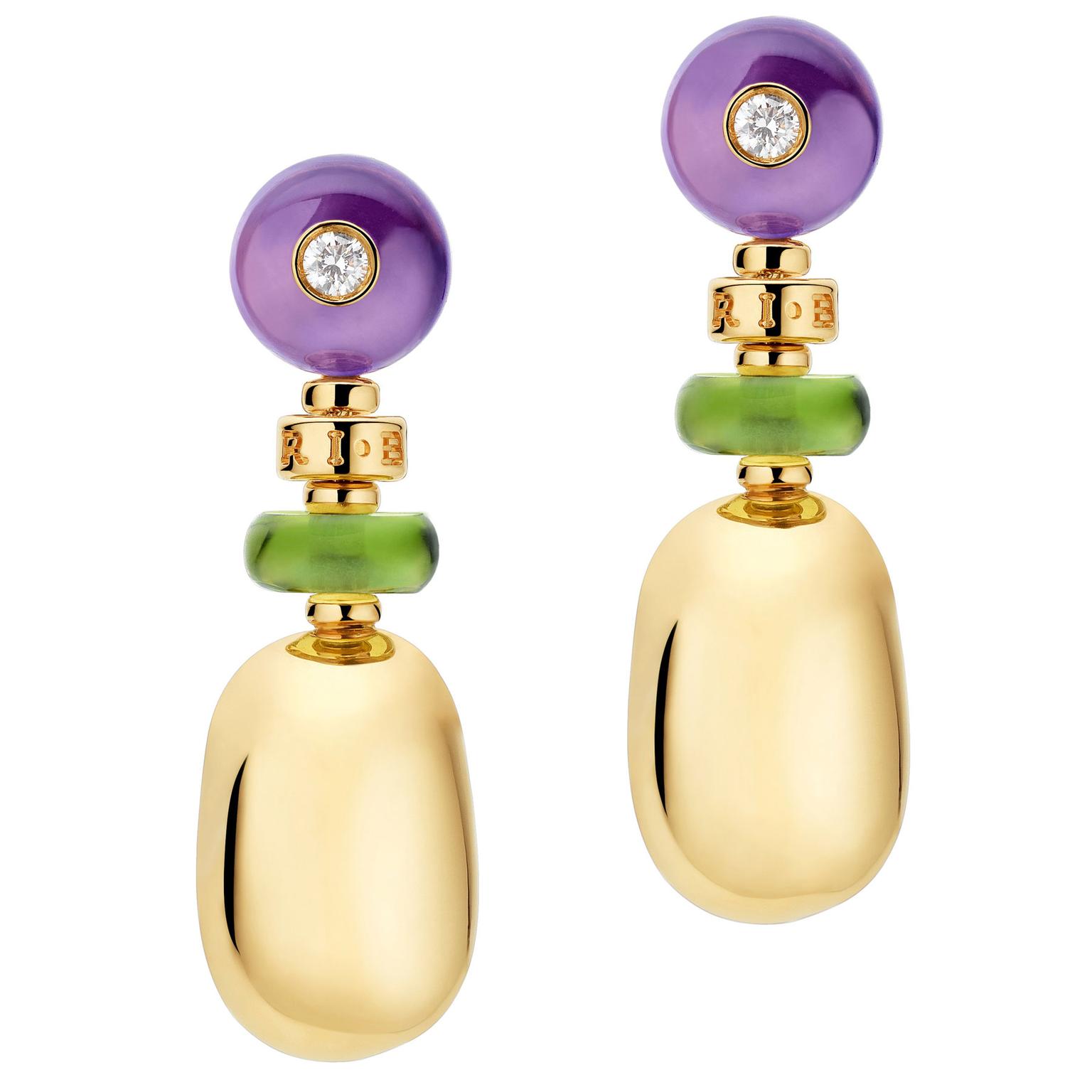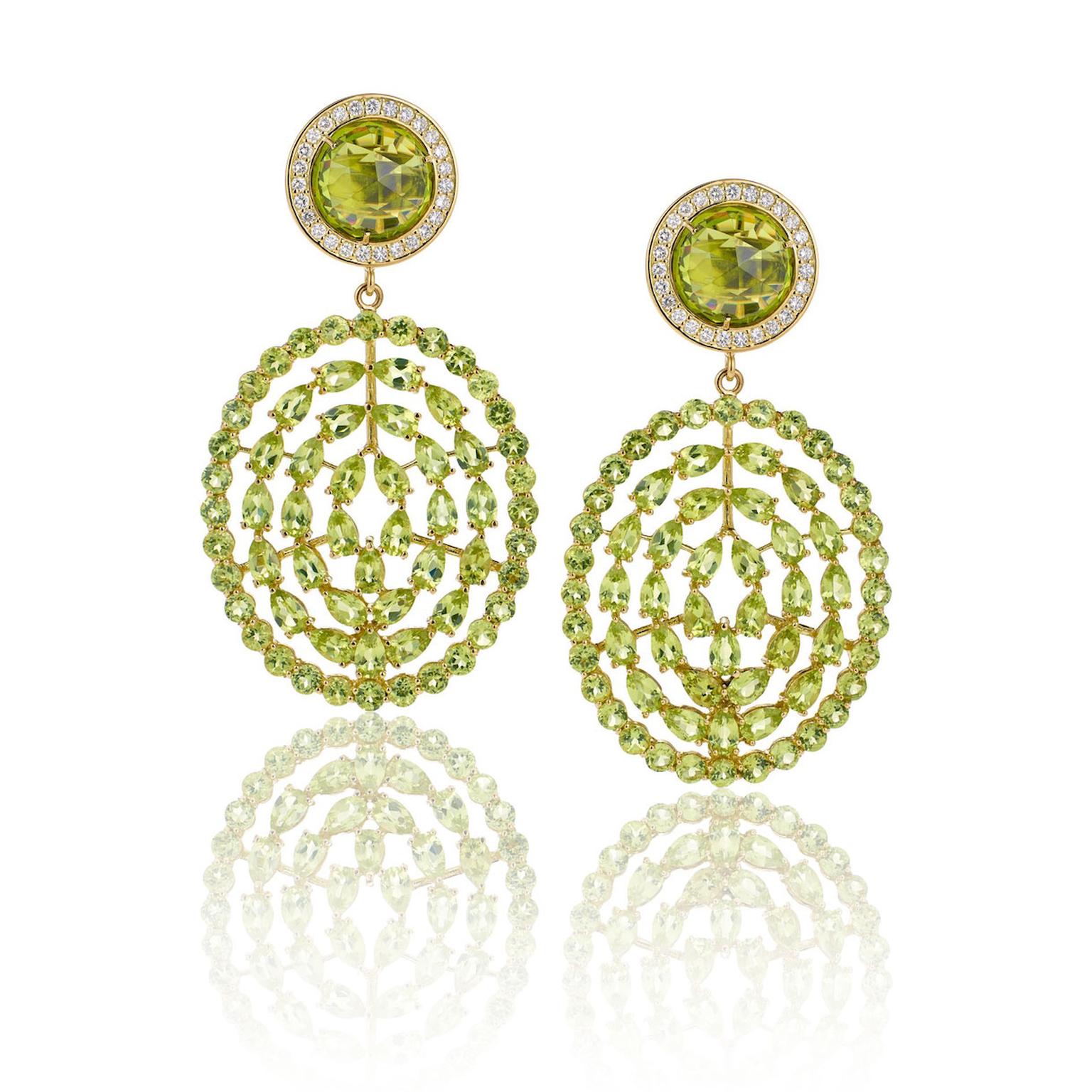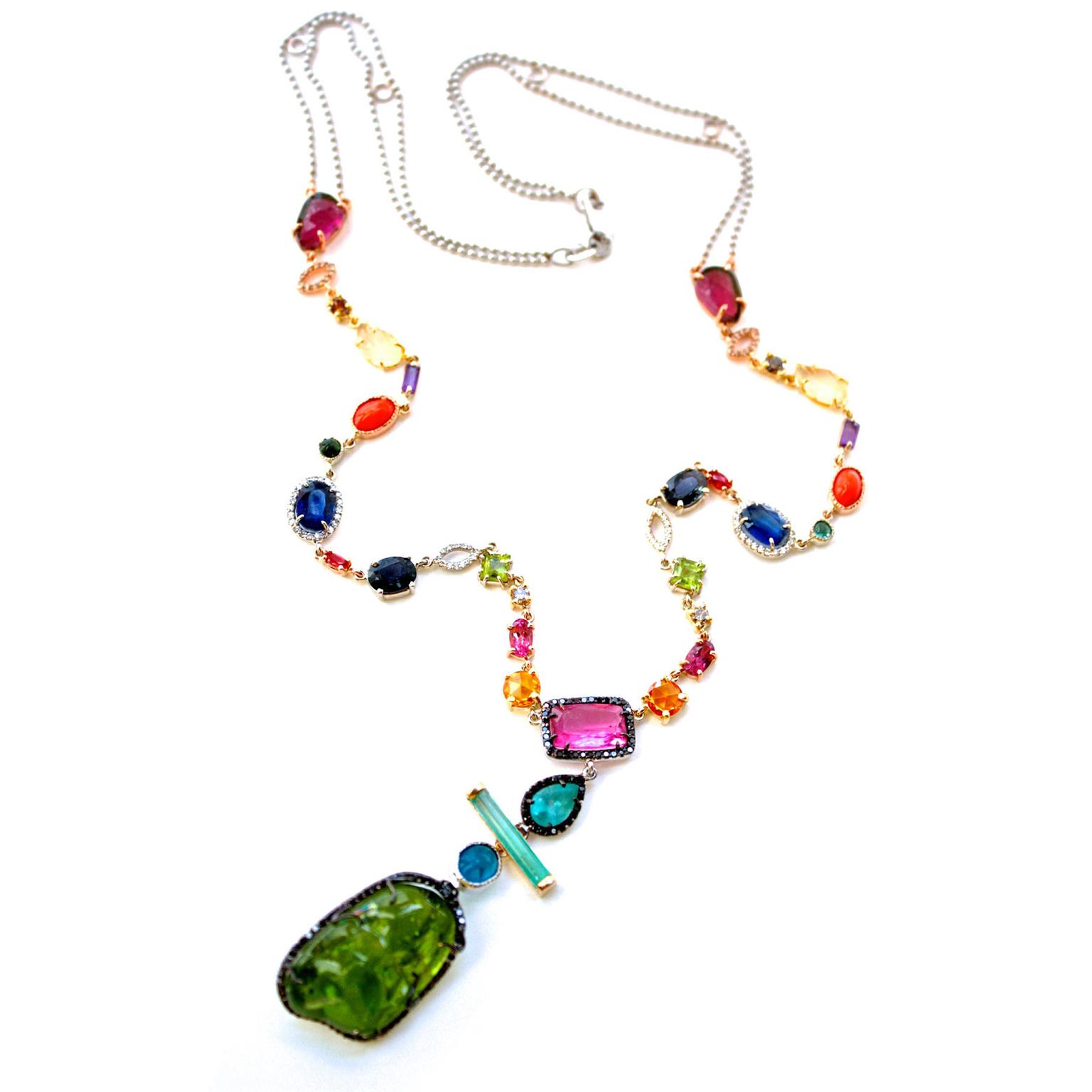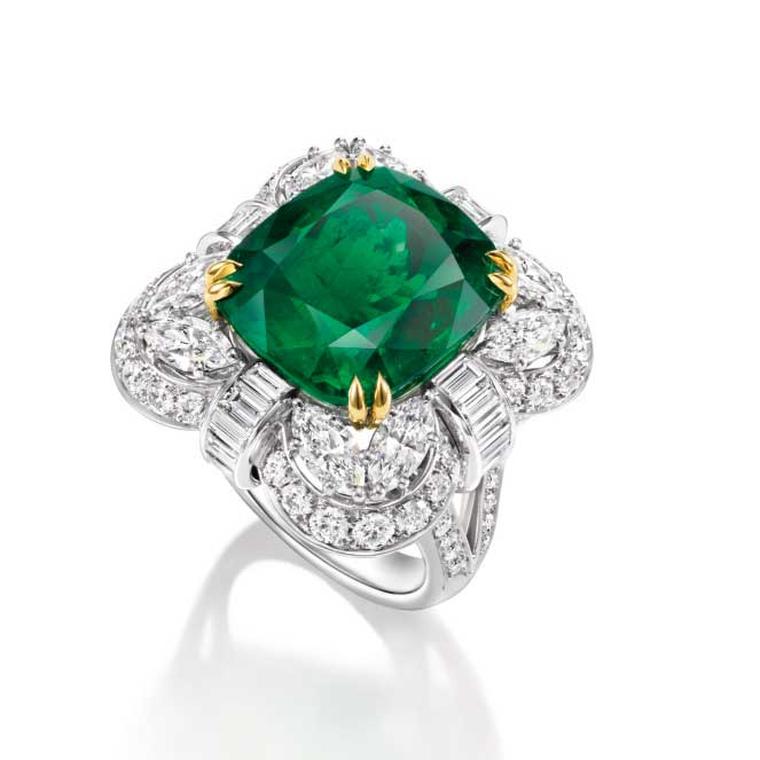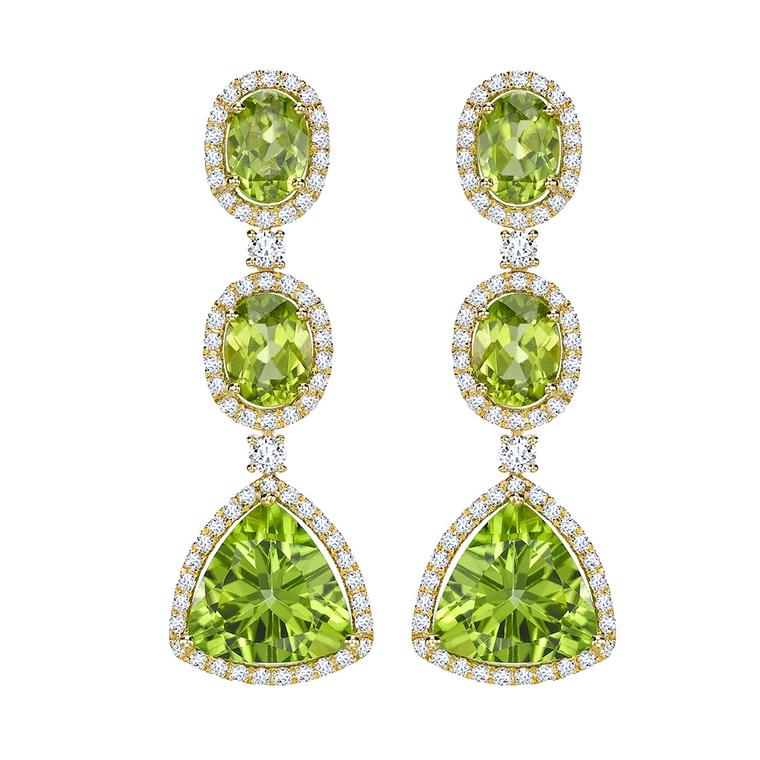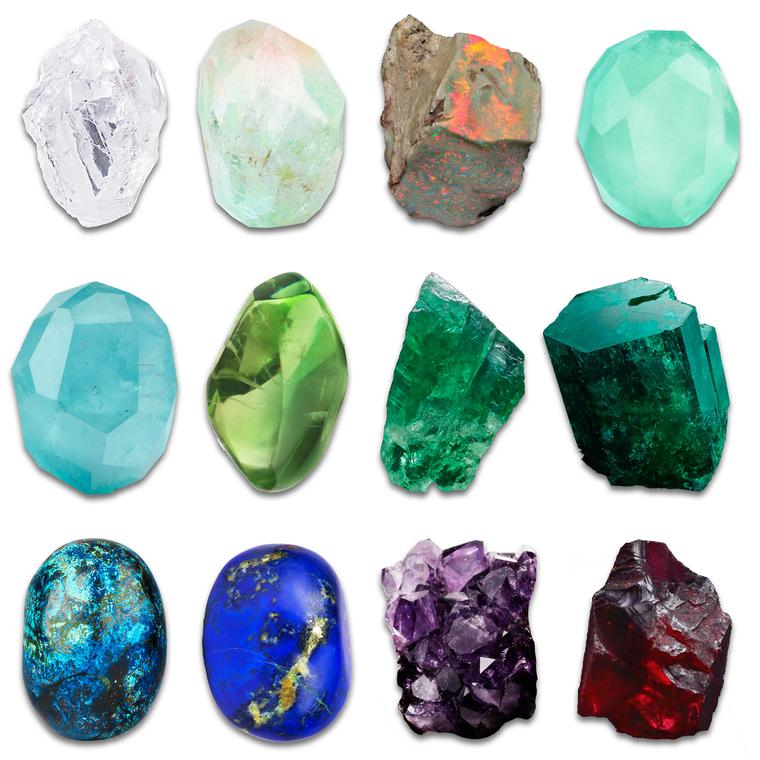See a peridot once, and its vibrant lemony-green colour is not easily forgotten. Lighter than the grass-green tsavorite or the deep jungle-green emerald, there is simply no gem like it. But despite its alluring hue, the peridot has had a rocky ride falling in and out of favour over the centuries. Since 1900, it has always been the birthstone of August, its bright, fresh colour a fitting hue for the high summer. But a traditional rhyme warns August babies: "The August born without this stone, ‘tis said, must live unloved alone."
Despite its place in the birthstone calendar, the peridot has fallen in and out of fashion. It doesn’t help that peridot is the softest of the translucent gemstones with a low score of 6.5 on the Mohs scale - a hardness just above that of glass. However, frailty was no obstacle to it being credited by our superstitious ancestors with the power to ward off the terrors of the night and evil spirits.
Unlike other colour gemstones, this mineral of the silicate family is one of the few to come in only one colour and can vary from a yellowish-green to browny-green. It is also known as the ‘evening emerald’; its yellow tinge disappears under artificial light and the stone appears to glow. Other names for peridot are olivine and chrysolite.
For 3,500 years the barren and closely-guarded volcanic island of Zabargad, also know as St. John's or Snake Island in the Red Sea, was the only place to find this gem. The young pharaoh Tutankhamen proudly wore a peridot pendant and in the Judeo-Christian world the peridot - known as pitdah or tharshish - was considered one of the most precious stones and is mentioned twice in the Bible. Along with the Ten Commandments, scholars believe that it was among the 12 stones Moses brought down from Mount Sinai. Cleopatra of Egypt’s green jewels may well have been peridots, mistakenly identified as emeralds.
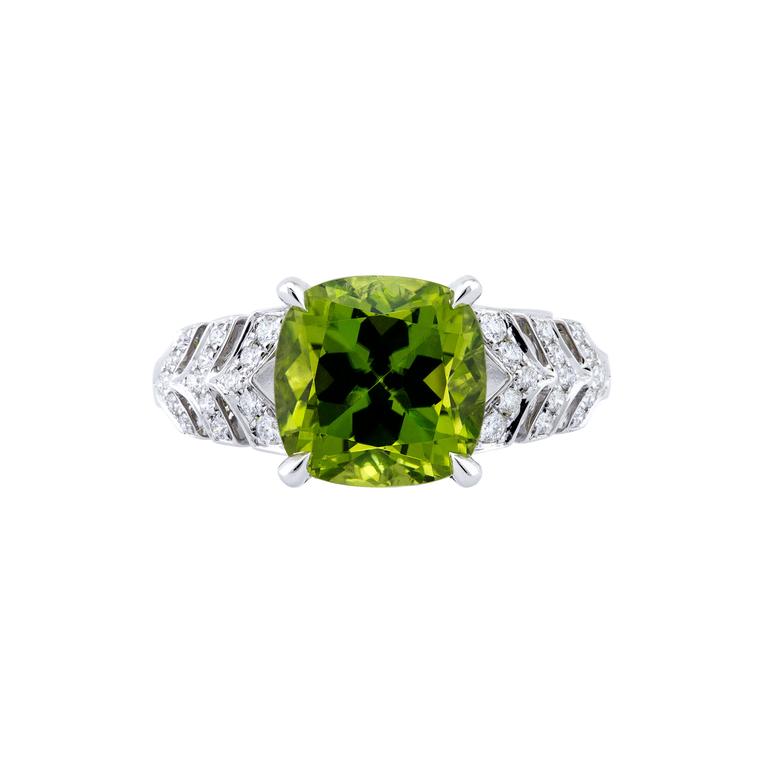
The fate of the peridot continued on the rise as early Crusaders brought the vibrant stone to Europe where its beauty assured its prominence in some of the most important mediaeval treasures. The reliquary in Cologne cathedral, said to hold the bones of the Three Magi, is decorated with an impressive 200-carat peridot. This crystal attracted the eye of the greatest rulers and the Gold Festival Throne, now in Istanbul’s Topkapi Palace, is studded with 957 bright green peridots.
One of the theories regarding the reasons why the poor peridot fell out of favour is that large, good quality stones were increasingly hard to find while new sources of deep green emeralds and shimmering diamonds were being discovered. So down on its luck was the peridot that it came to be considered the 'poor man’s emerald'.
Luckily, the peridot’s fortunes have changed and today a good quality peridot - and particularly one over 8 carats - is once again highly prized. In the 1990’s a new source of peridots helped boost the stone’s popularity when a zingy-green crystal – now called Kashmir Peridot - was found high in the mountains near the Pakistan-Afghani border. Today 90% of our peridots come from San Carlos in the Apache Reservation in Arizona, U.S. and there is even a town named Peridot.
Add in the growing trend for mixing and matching precious and semi-precious stones and the peridot’s unique hue is working its way into many jewellers’ colour palettes. We are witnessing a change in attitudes to precious gems as the formal old-school hierarchy of diamonds, emeralds, rubies and sapphires is enriched by a wondrous world of shimmering hues and subtle or clashing colours. The peridot’s zap of vivid green light is key in conjuring up a new vision of luxury. Revered houses such as Fabergé, Bulgari and Chanel are harnessing its green voltage while Paris’ fabulously eccentric Lydia Courteille has long been drawn to its singular colour.
Enjoying the status of ‘hot newcomer,’ the peridot is one of the few gems that jewellers can ‘discover’ again. Prize-winning Brazilian jeweler Fernando Jorge, one of jewellery’s shining new lights, says: “Peridots haven’t been used very much in recent years, which is a reason itself for a surge in popularity. It is stimulating for designers to bring a gemstone up-to-date in style.” Jorge confirms he will be using the stone in upcoming designs as he feels “the lime green, intense and warm colour is very refined yet still ideal for summer time and conveys prosperity”.
Jewellers around the world are harnessing the verdant power of peridot from the edgy Madstone Design house of New York to Carla Amorim in Brazil, and Misahara in California. Closer to home Jody Wainwright, head gemmologist at Boodles in London tells us: "We are about to go ahead with a stunning, new, long necklace that is very exciting using peridot as the main centrepiece. St John's Island in Egypt is traditionally renowned for high quality peridots and this is where Boodles source many of them. Peridots are gorgeous and totally unique gemstones. The green is a super bright and enticing colour – it is a deep green but still clear, fresh and lively.”
And there is yet another twist to the intriguing history of peridots that adds a cosmic dimension. In 2003, NASA reported that peridot had been found on Mars making it the only gemstone known to occur on another planet. But I think Jody Wainwright, a man who spends his days peering at gems, sums up the peridot's irresistible appeal: "On a personal note, they remind me of the delicious green ‘travel sweets’ that we used to have as kids on the way to Devon."


